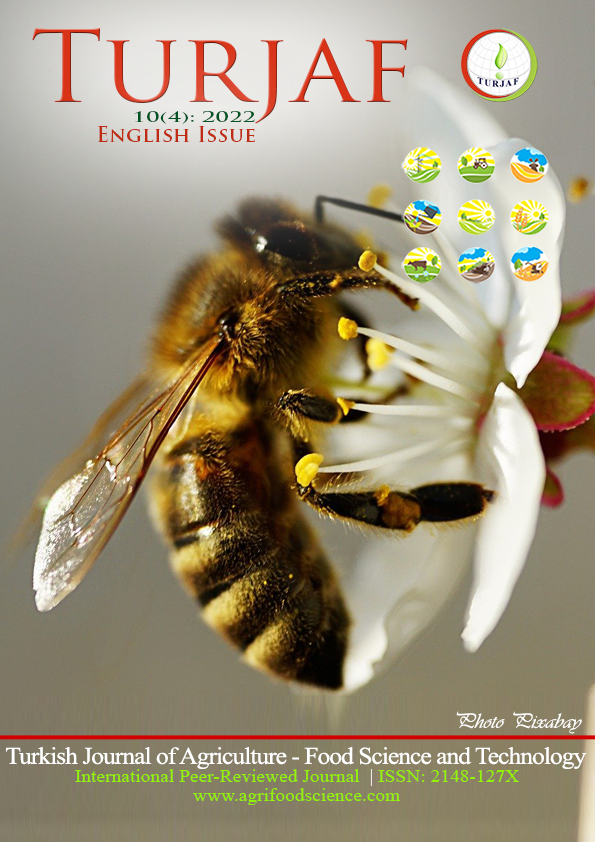Analysis of Clade V MLO Gene Expressions in Hazelnut Leaves upon Exposure to Powdery Mildew
DOI:
https://doi.org/10.24925/turjaf.v10i4.595-612.4686Keywords:
Hazelnut, Corylus avellana, mildew resistance locus o (MLO), powdery mildew, semi-quantitative PCRAbstract
Powdery mildew affecting European hazelnut Corylus avellana L. trees in Turkey is caused by the obligate biotrophic fungus Erysiphe corylacearum. This fungal disease causes significant economic losses by reducing the yield and quality of hazelnuts. Loss-of-function mutations in the mildew resistance locus o (MLO) gene family of many plants confer high levels of broad-spectrum resistance to powdery mildew. The proteins encoded by the genes at the MLO locus are divided into approximately seven different conserved clades. Among them, the phylogenetic clade V has been shown to be involved in PM susceptibility, as inactivation of these genes leads to long-term disease resistance in dicotyledons. In this study, we examined the temporal expression pattern of three hazelnut MLO genes, previously identified as clade V, in response to powdery mildew infection in C. avellana cv. Tombul. Leaves are the main tissue affected by the powdery mildew pathogen in hazelnut plants. Analysis of MLO expression in hazelnut leaves showed that CavMLO2 and CavMLO6 were significantly upregulated after challenge with E. corylacearum, providing preliminary evidence that they may be involved in PM susceptibility. Thus, these results present a basis for the isolation and use of relevant genes in plant breeding for disease resistance. Moreover, expression profiles of the clade V MLO genes are also important to identify candidate genes that need to be silenced or edited for future molecular studies to obtain resistant hazelnut varieties.Downloads
Published
How to Cite
Issue
Section
License
This work is licensed under a Creative Commons Attribution-NonCommercial 4.0 International License.


























